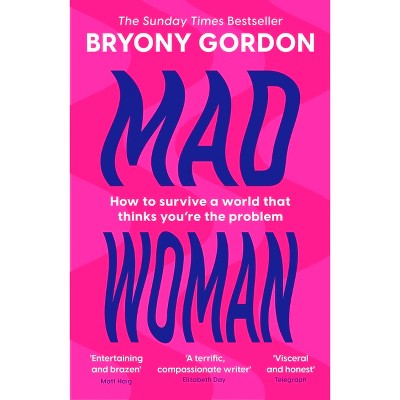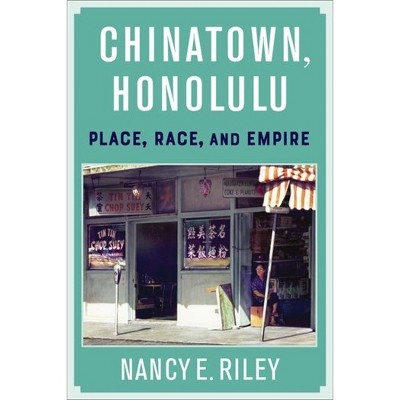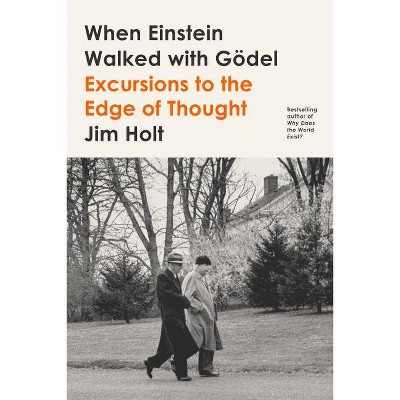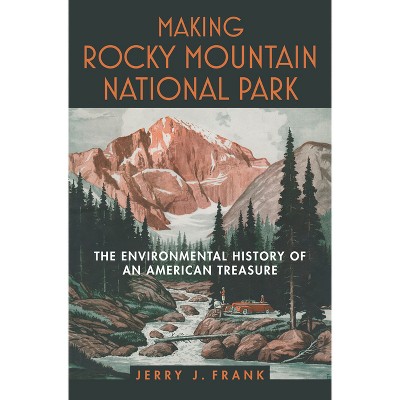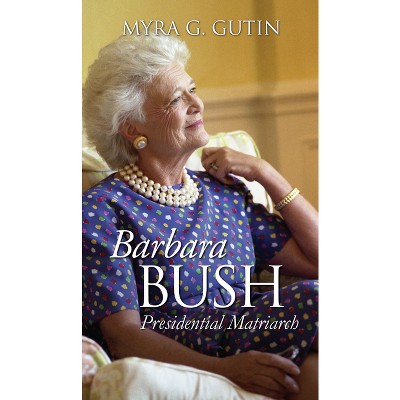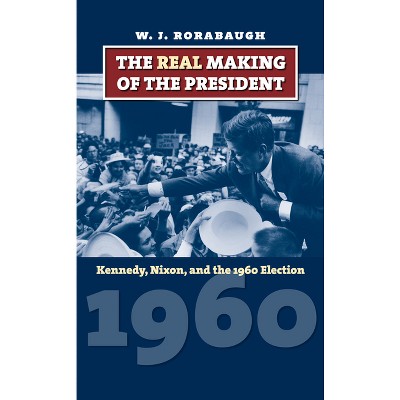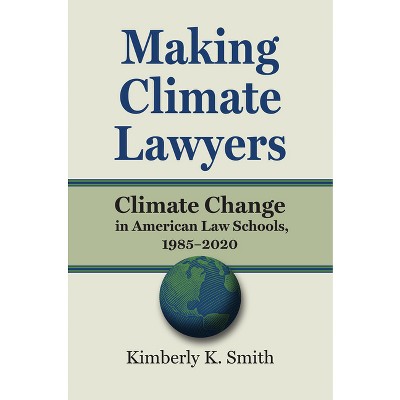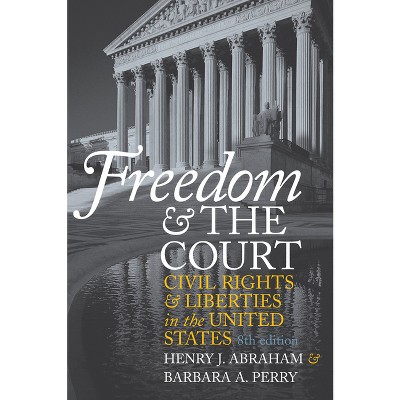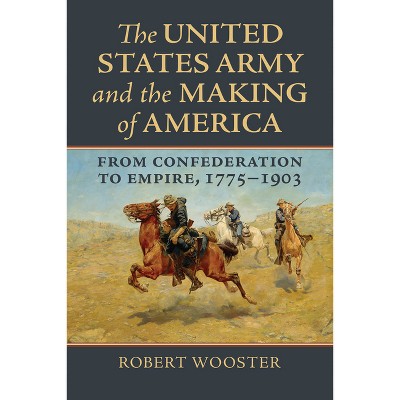Sponsored

Making San Francisco American - by Barbara Berglund (Paperback)
In Stock
Sponsored
About this item
Highlights
- Choice Outstanding TitleThe San Francisco that rose from the ashes of the 1906 earthquake and fire was a city of rigid social stratification-a city determined to contain its diverse and disorderly rough-and-tumble past some sixty years after its acquisition by the United States.Barbara Berglund vividly describes San Francisco's rapid evolution from Mexican outpost to crown jewel of America's western empire, taking readers back to an earlier and more chaotic time when class definitions and social conventions were much more fluid.
- Author(s): Barbara Berglund
- 312 Pages
- History, United States
Description
About the Book
Focuses on the 19th-century transformation in San Francisco--from Gold Rush to earthquake--to show how the city's diverse residents created a modern American city through everyday "cultural frontiers," such as restaurants, hotels, and annual fairs and expositions, among others.
Book Synopsis
Choice Outstanding Title
The San Francisco that rose from the ashes of the 1906 earthquake and fire was a city of rigid social stratification-a city determined to contain its diverse and disorderly rough-and-tumble past some sixty years after its acquisition by the United States.
Barbara Berglund vividly describes San Francisco's rapid evolution from Mexican outpost to crown jewel of America's western empire, taking readers back to an earlier and more chaotic time when class definitions and social conventions were much more fluid. Berglund argues that the city's rapid rise from a multicultural boomtown to a racially and socially stratified metropolis reflected the careful efforts of a nascent elite to order its inhabitants through political and cultural means.
Berglund analyzes the cultural spaces that showcased the contests that would determine the social order and who defined it. The book's central chapters provide snapshots of the micro-workings of power on five key cultural frontiers: restaurants, hotels, and boardinghouses; places of amusement, ranging from the brothels of the Barbary Coast to the Pacific Museum of Anatomy and Science; Chinatown's tourist terrain; the Mechanics' Institute's annual fairs; and the 1894 California Midwinter International Exposition--the first such expo held west of Chicago and an image-building opportunity for the city's elites.
By focusing on the role of cultural frontiers in the urban west, Berglund offers a new take on western history that explores the role of market-driven cultural institutions, demonstrating that the market was as important as the state in structuring power relationships in nineteenth-century imperial America. She shows that control over meanings ascribed to race, class, and gender--especially those generated in the city's cultural spaces--was critical to the incorporation of San Francisco into the fabric of the American nation.
Review Quotes
"Should inspire readers to ask more questions about national identity and how it is shaped in particular places and particular times; and this inspiration is welcome indeed."--American Historical Review
"A very readable work that forcefully presents an interesting array of developments from nineteenth-century San Francisco history."--Journal of American History
"A detailed, elegant, and convincing explanation of how San Francisco evolved from a wild and woolly frontier boomtown into 'a civilized, conquered, and thus fully American place.' . . . Will prove a valuable addition to any scholar of urban development, or just about any course concentrating on cultural development and social tensions in nineteenth-century United States."--H-Net Reviews
"Berglund resurrects some long-forgotten recreational zones in one of America's favorite recreational cities, and that alone makes her book well worth reading."--Western Historical Quarterly
"This book is deeply researched, richly illustrated, and superbly written. A model work, possibly a classic. Highly recommended."--Choice
"Berglund's accomplishment with Making San Francisco American goes well beyond a forceful and entertaining narrative of late nineteenth-century San Francisco. It is a deeply textured analysis of urban disorder and order, amusement and prejudice, locality and nation-making. While other authors have treated San Francisco's social and cultural categories in the abstract, Berglund's book sets these forces in motion and shows their embodiment in real lives and venues. This book is at once about a city and a nation--both entities in the throes of forming imperial identities."--David Igler, author of Industrial Cowboys: Miller & Lux and the Transformation of the Far West, 1850-1920
"Describing urban and social transformations from the Gold Rush to the 1906 earthquake, Berglund's terrific cultural history of San Francisco provides a rich and decidedly non-triumphalist portrait of that West Coast city."--Stephen Pitti, author of The Devil in Silicon Valley: Race, Mexican Americans, and Northern California
"A great book and surprising history. Berglund finds the beginnings of the city's life in unexpected places--in the boarding houses, hotels, fairs, tourist shops, and restaurants where ordinary San Franciscans from all over the world met and mingled to create an American city."--Ann Fabian, author of The Unvarnished Truth: Personal Narratives in Nineteenth-Century America
"Berglund provides an inventive and engagingly written recounting of how San Francisco's polyglot residents constructed an American city in the course of their everyday interactions on the city's 'cultural frontiers'--restaurants, hotels and boardinghouses, amusement halls, annual fairs, and expositions. Making San Francisco American is fully informed by cultural theory, thoroughly conversant with multidisciplinary urban studies scholarship, and prodigiously researched, and it sets a new standard for scholarship on the everyday construction of urban cultural power in the Pacific Coast Metropolis from the Gold Rush to the 1906 earthquake and fire."--William Issel, coauthor of San Francisco, 1865-1932: Politics, Power, and Urban Development
Shipping details
Return details
Frequently bought together
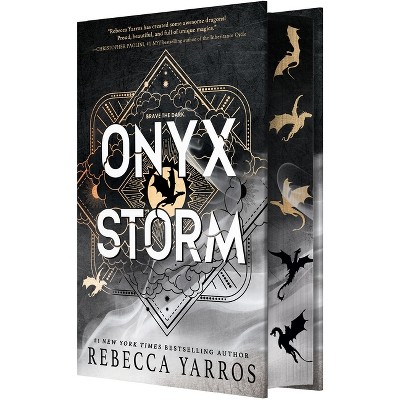

Trending Non-Fiction






